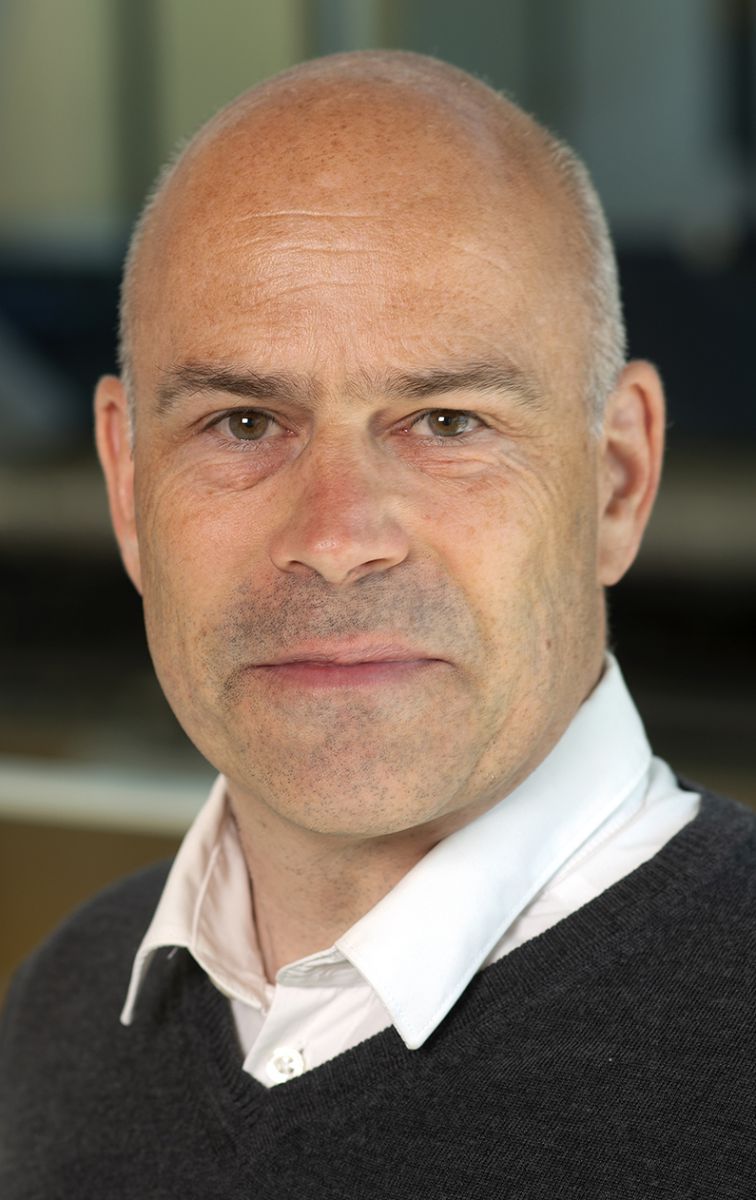W. Daniel Kissling
Google Scholar BIOMAC TCE IBED LinkedIn
I am an ecologist with research interests in (macro)ecology, biodiversity monitoring, and global change. I am working as an Associate Professor of Quantitative Biodiversity at the Institute for Biodiversity and Ecosystem Dynamics (IBED) of the University of Amsterdam (UvA), The Netherlands, where I lead the Biodiversity & Macroecology (BIOMAC) lab embedded in the Department Theoretical and Computational Ecology (TCE). I am also leading several tasks and work packages in national and international, multi-institutional and multi-disciplinary projects, including the integration of bioacoustic monitoring data (TABMON), the automation of workflows for generating LiDAR metrics for habitat condition indicators in Natura2000 sites (MAMBO), the modelling of important Arctic bird areas under climate change (NPP project from NWO), and the mobilization, integration and FAIRification of data for Digital Twins of ecosystems (LTER-LIFE).
My work often bridges from compiled large ecological and environmental datasets to study species distributions, trophic interactions, functional traits, ecosystem structure and animal habitats across space and time. I take advantage of recent advances in computing, big data availability, digital sensors, remote sensing and statistical modelling to (1) better understand the broad-scale distribution of life on Earth, and (2) address how biodiversity is changing under past, present and future global change. I am interested in the use of remote sensing and digital sensors for measuring and monitoring biodiversity change, and in the development of automated data streams, high-throughput processing workflows and artificial intelligence (AI) models for biodiversity research. Please see my research pages, my publication list, or the BIOMAC lab homepage for more details.

Gonzalez et al. (2023): A Global Biodiversity Observing System to unite monitoring and guide action. Nature Ecology and Evolution. [ABSTRACT] [PRESS RELEASE]
Kissling, W.D. & Shi, Y. (2023): Which metrics derived from airborne laser scanning are essential to measure the vertical profile of ecosystems? Diversity and Distributions 29: 1315–1320 [ABSTRACT]